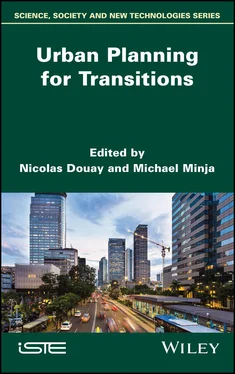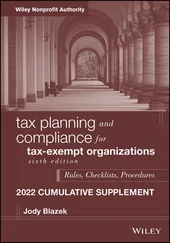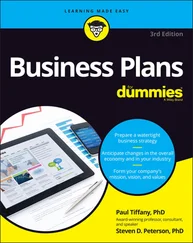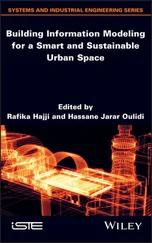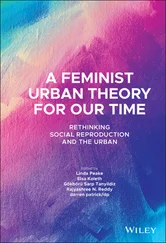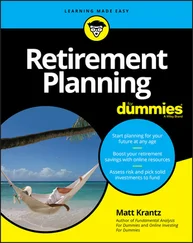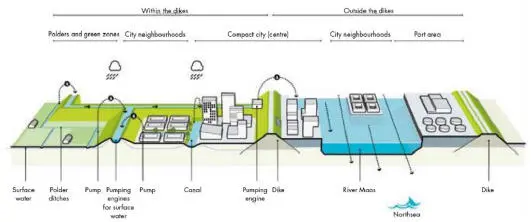
Figure 1.3. Rotterdam water system. For a color version of this figure, see www.iste.co.uk/douay/transitions.zip
(source: Rotterdam Resilience Strategy 2016)
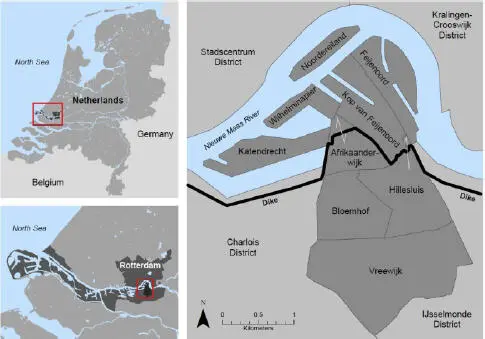
Map 1.2. Feijenoord district location. For a color version of this figure, see www.iste.co.uk/douay/transitions.zip
(source: Spatially evaluating a network of plans and flood vulnerability using a Plan Integration for Resilience Scorecard: A case study in Feijenoord district, Rotterdam, the Netherlands, Matthew L. Malecha, A.D. Bran)
It is essential to also mention that Rotterdam gets the benefit of learning from other cities’ experiences, especially those who suffered from floods such as New Orleans, USA. They have been collaborating since 2008, particularly with regard to water management concerns. Even after the hurricane Katrina, Dutch experts assisted New Orleans by hosting the “Dutch dialogues”. Learning from these dialogues contributed to the development of New Orleans’ Integrated Water Management Plan.
The strategy of Rotterdam is hopeful to tackle the water problem, not only through the National Delta Program but also through the Climate Proof and Adaptation Strategy of Rotterdam. It includes five main related actions that express how they can work together to adapt the current situation to the expected changes. In brief, they are as follows:
1 a) plan for climate resilience “critical infrastructure”: a new spatial plan will be developed based on the regional analysis of critical infrastructure resilience to climate change;
2 b) vertical evacuation planning: it leads to the identification of the concept of “multi-layer safety”. It involves prevention (first layer) spatial adaptation (second layer) and evacuation (third layer). It is, however, yet to be thoroughly planned and developed;
3 c) climate resilient waterfront areas: there are a diverse range of pilot studies that focus on climate-resilient development in the wider region, looking at both urban and industrial areas. The results of these pilots will be collated and translated into an overall policy for the area outside the dykes in Rotterdam;
4 d) Rotterdam – the HAGUE Emergency Airport: the strategy will create an economic cluster focusing on clean technology and water security in an airport setting;
5 e) floating city: Rotterdam stated an ambition to explore opportunities presented by building floating developments.
The adaptive waterfront development includes many detailed actions that aim to facilitate the residents’ livelihood and secure sustainable resources. These actions are:
a) The water squares
There are multifunctional public spaces that, in the event of heavy rains and floods, are transformed into basins for the collection and storage of rainwater. By this, the sewer system is not congested and, additionally, creates the possibility of reuse in times of water stresses.
The idea is to create “floodable” areas in strategic areas of the city that will remain dry 90% of the time, creating meeting points and recreational spaces. The system is advanced by means of hygiene; the rainwater from public spaces and roofs of neighboring buildings will be directed to the treatment plants below the ground and thereafter introduced into the basins of the squares without harmful pollutants. The Benthemplein, a once-empty, monotonous square in a dense neighborhood of Rotterdam, now holds a large rainwater collection system, but it also hosts amphitheaters and sports courts, combining climate resilience with social resilience.
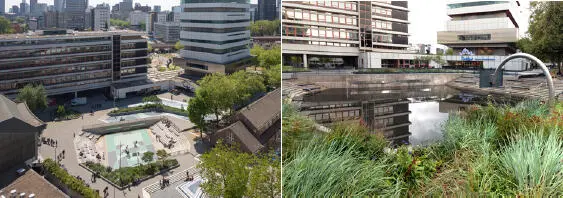
Figure 1.4. Benthemplein Water Square in Rotterdam (dry and filled with water). For a color version of this figure, see www.iste.co.uk/douay/transitions.zip
(source: De Urbanisten and Ossip van Duivenbode 2013)
b) Parking lots
Beneath the cultural heart of the city, the Museumplein Square is a project aimed to accommodate 1,150 cars and also one of the largest underground water reservoirs in the Netherlands. This structure is supposed to accommodate 12% of the entire water storage capacity needed for the city center.
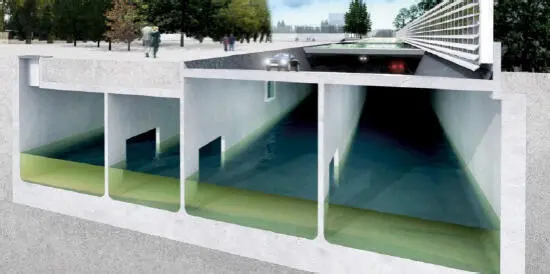
Figure 1.5. Parking lot project. For a color version of this figure, see www.iste.co.uk/douay/transitions.zip
(source: Urban Green-Blue Grids 2011)
c) Multifunctional rooftop program
As a part of the climate adaptation strategies, the city of Rotterdam discovered that the surface area on the existing buildings is about 15,000,000 m 2. This immediately meant that this area can potentially be used for providing extra public spaces for citizens and as a tool for further solutions with respect to other complexities such as congestion, densification and global warming. The future roof landscape in Rotterdam will consist of the so-called green, blue, red and yellow roofs. Each color represents a particular function as shown in the illustration below; yellow for solar energy, green for vegetation on roofs, blue for extra water storage and red roofs would have a social function.
The one square kilometer sustainable roofscape city center program offers to add value to dwellers by encouraging a combination of integrated solutions in rooftops, meaning more water storage, increased permeability of the urban area, energy generation, greater ecological value, food production, cleaner air, health and social cohesion amongst other benefits (Rotterdam Resilience Strategy 2016) .

Figure 1.6. Rooftop Program, For a color version of this figure, see www.iste.co.uk/douay/transitions.zip
(Source: Rotterdam Resilience Strategy & De Urbanisten; Edited by Munir Khader) .
The resilient strategy adopted by the city of Rotterdam has, to a good extent, been able to address the different environmental, social, economic and political aspects of the city. After reading their experiences, goals and actions, we can claim that the whole strategy was well thought of and properly coordinated with the existing situation in terms of its methodology and comprehensiveness. It also dwelled on items at various scales and levels, as well as managed to preserve the city’s identity without neglecting its programs and actions.
However, after the brief assessment of Rotterdam’s Resilience Strategy, perhaps one important question that instantly comes to mind is whether they can actually make the changes they described. Execution of the strategy is probably the biggest challenge as it can be attested in many other global resilient strategies that only made it through the preparation stage but were never accomplished, mainly due to financial or political reasons.
After such a long, detailed and rigorous process of producing the strategy, it is only essential for the city to get the results and realize the goals within the coming years. It is fair to say that the city succeeded to formulate some strong goals and objectives linked with efficient “detailed actions”, which were derived from the real needs of the city that were addressed by the public and various stakeholders involved in the decision-making process and during the formulation of the strategy. Realizing this resilience strategy could make positive changes in the city at natural, economic and social levels.
Читать дальше
